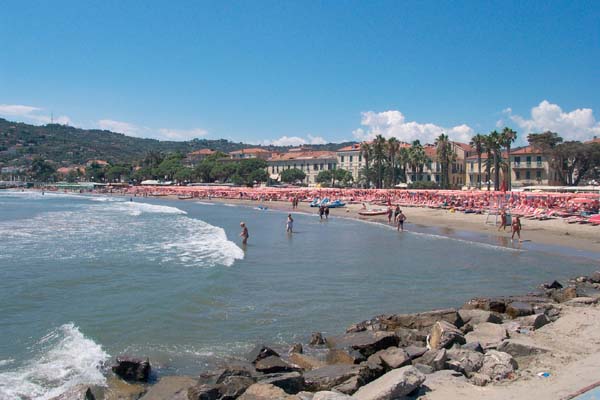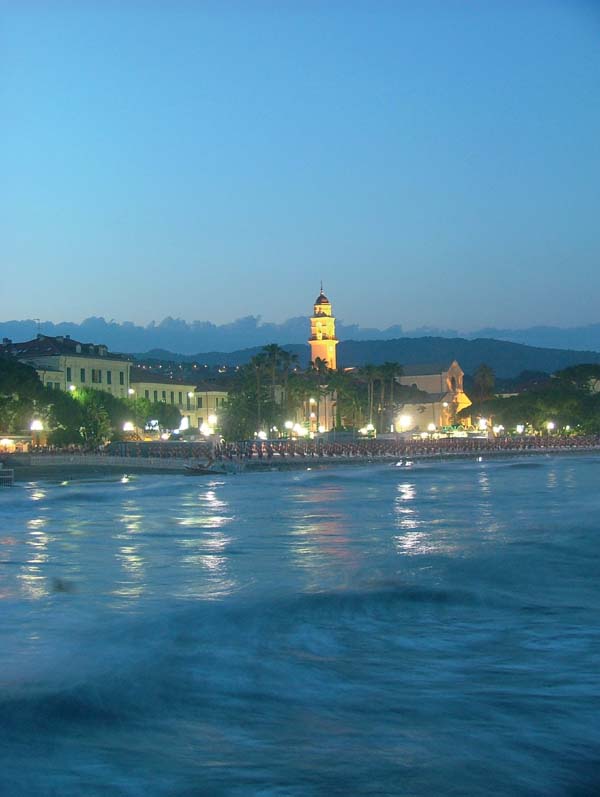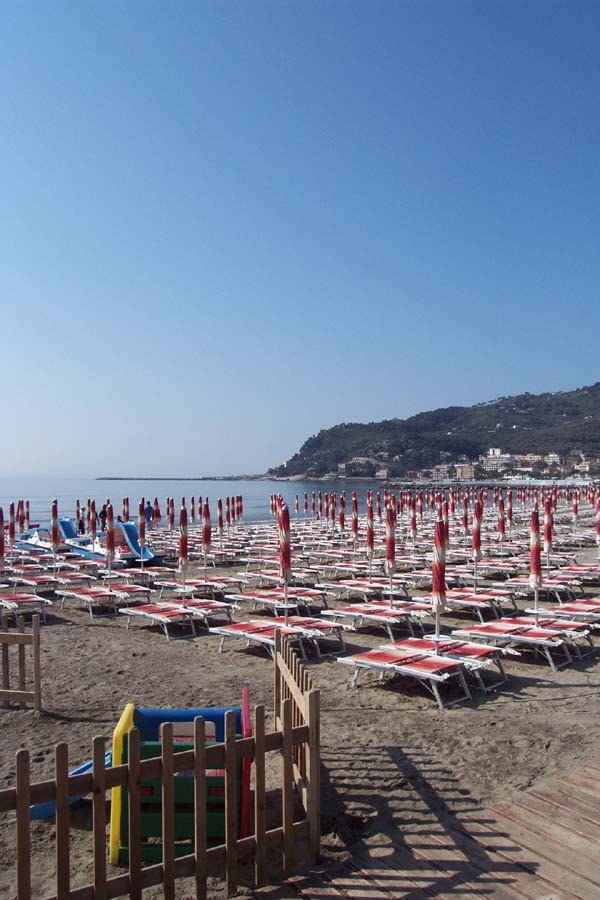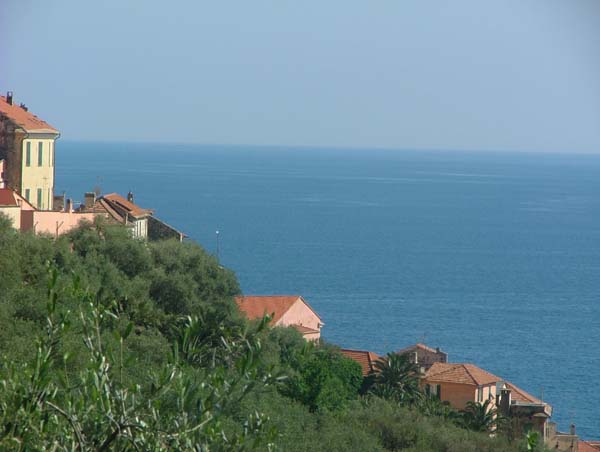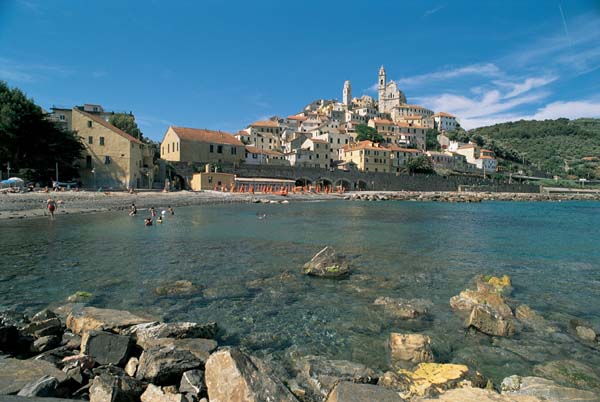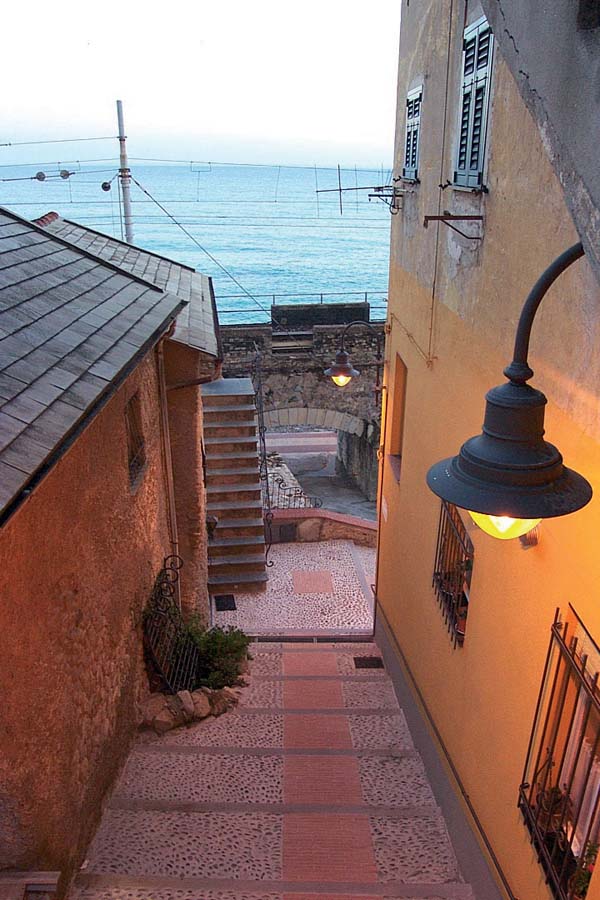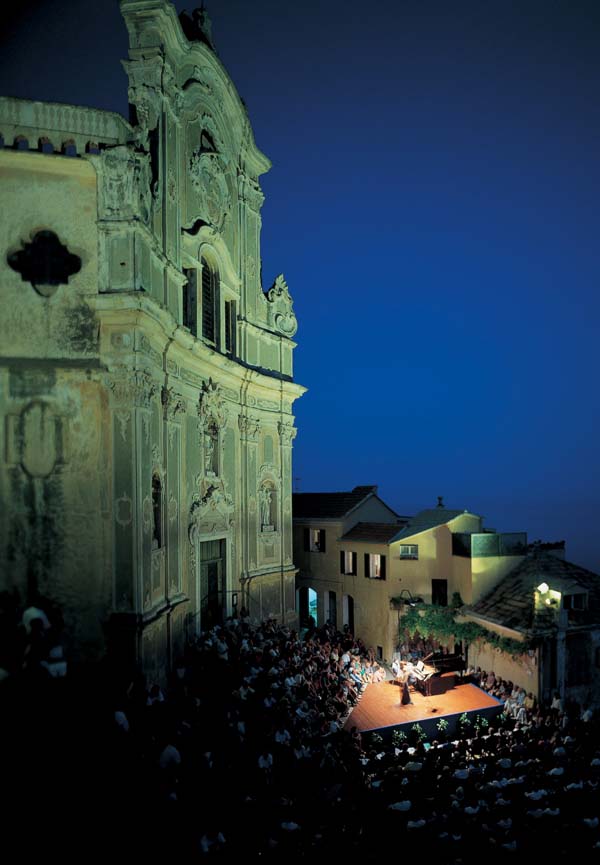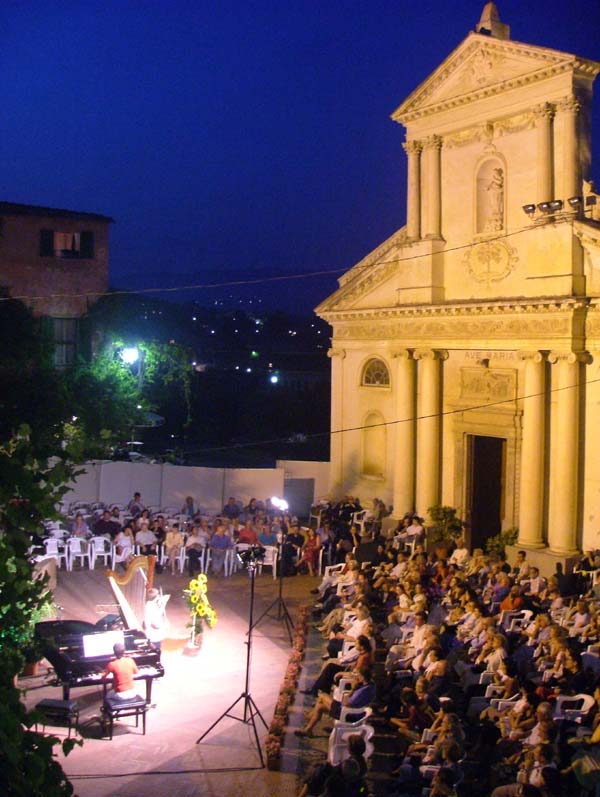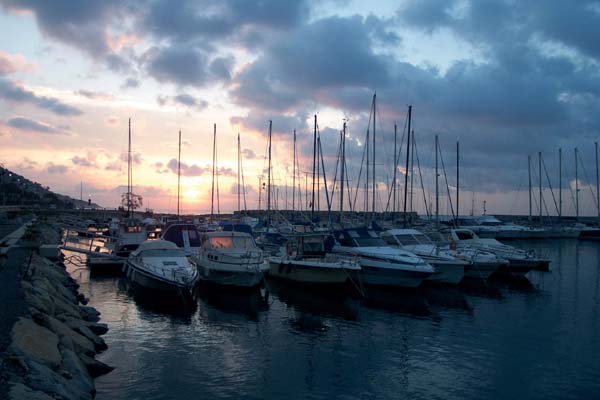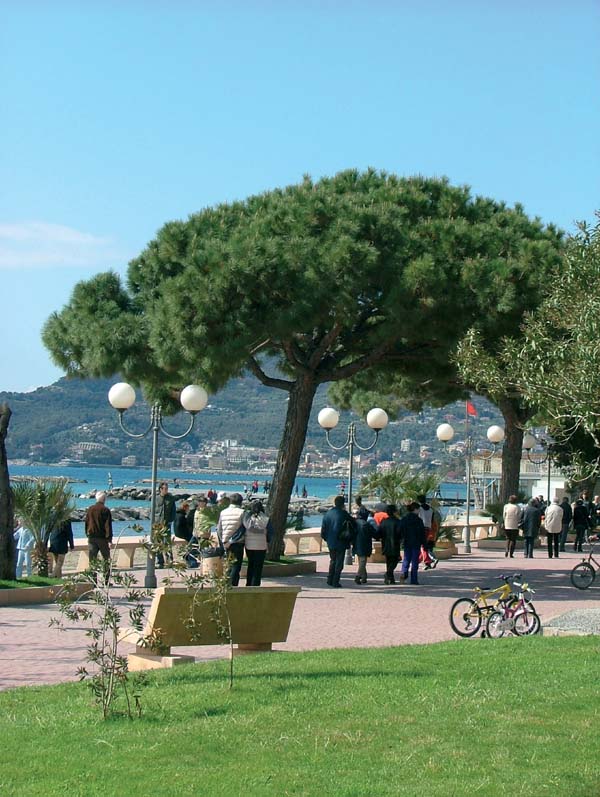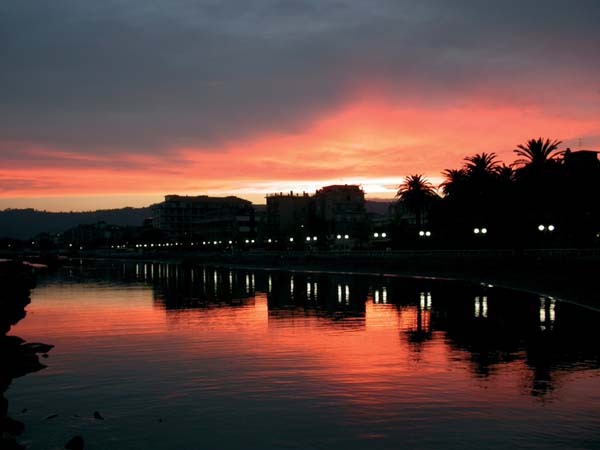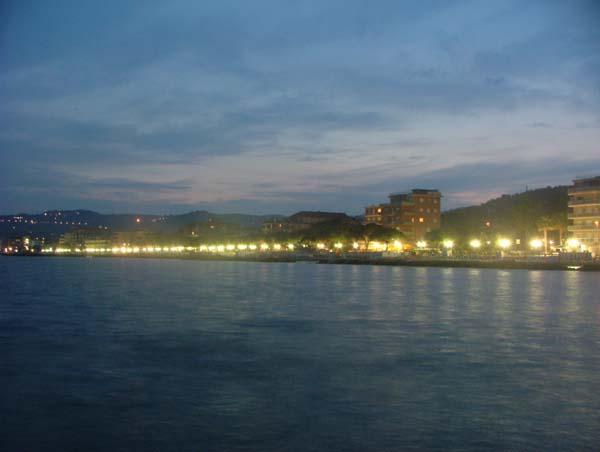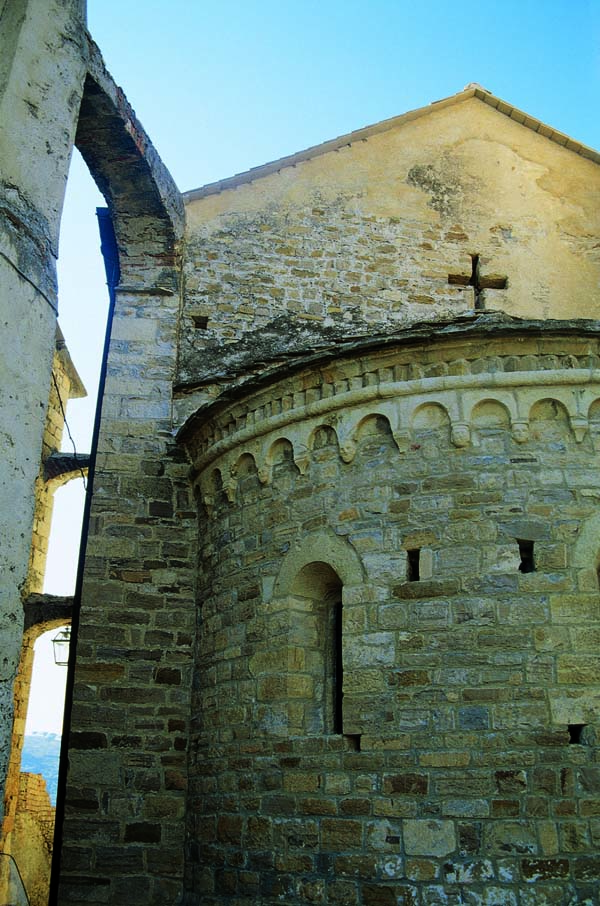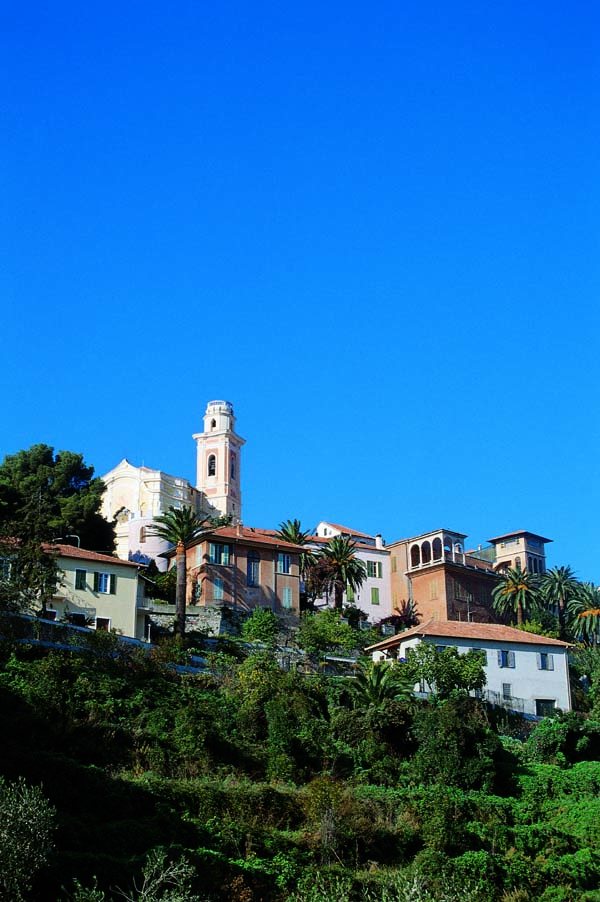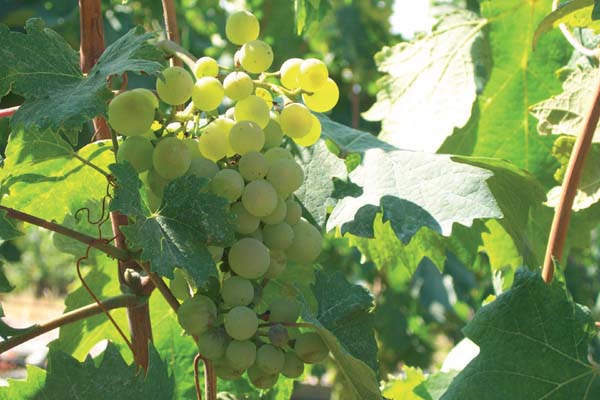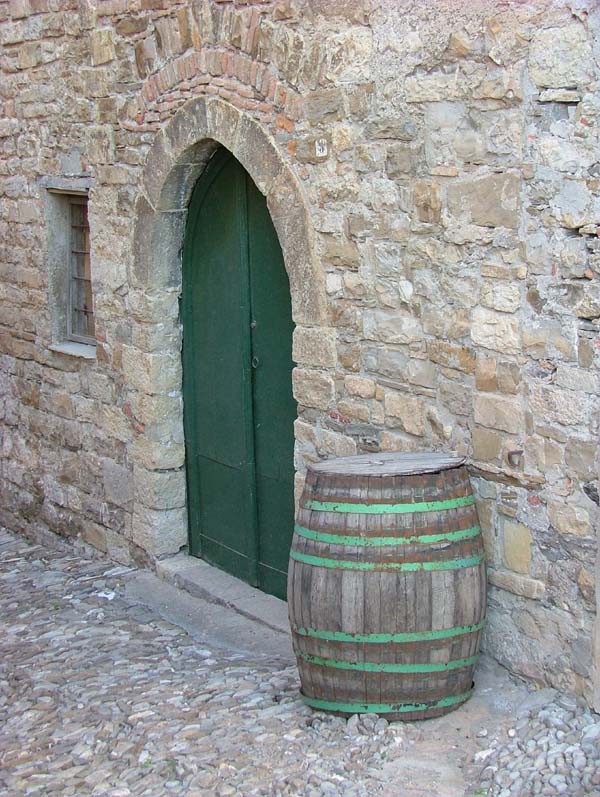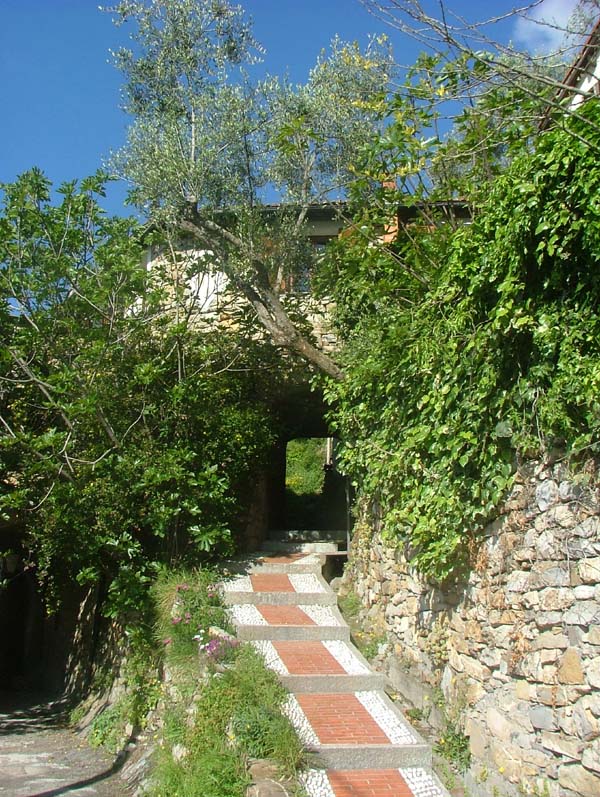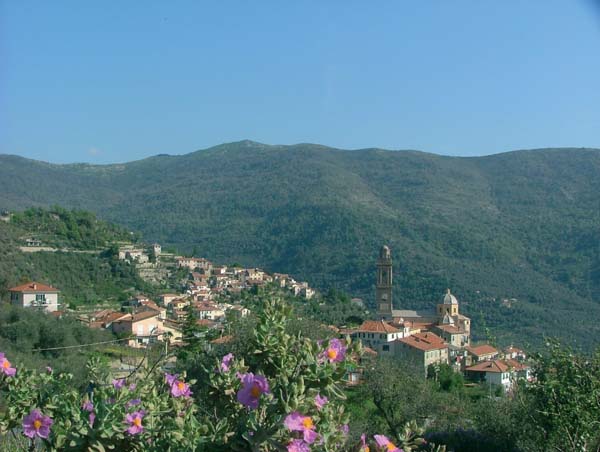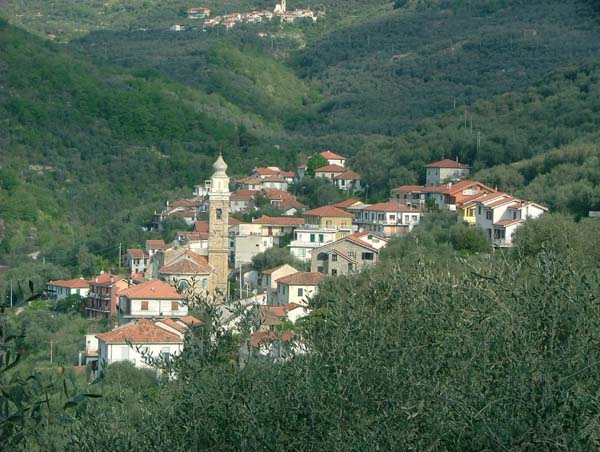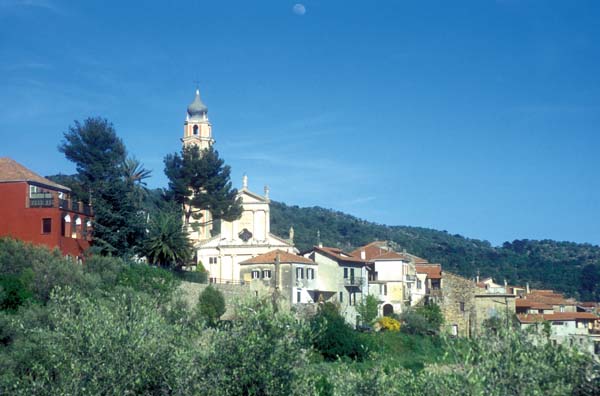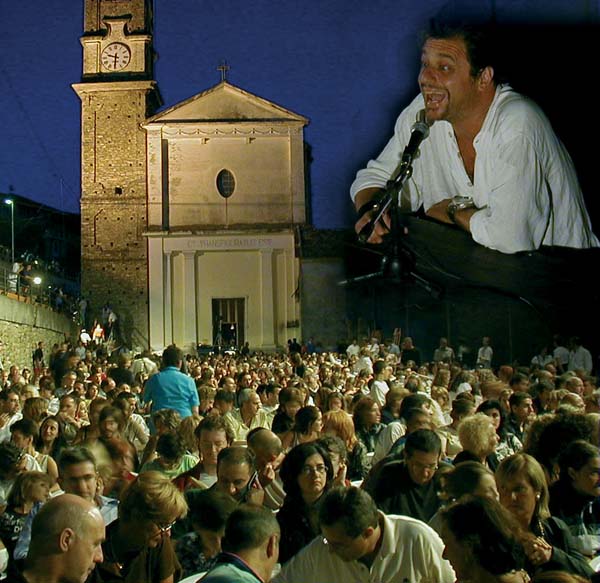Surroundings
Diano Marina
Diano Marina, being a modern and renowned tourist seaside town, has new treasures to discover. They are hidden behind the scene of its long flower carpeted seaside promenade, behind its elegant and comfortable, behind its wide clean sandy beaches, its tourist port, locals, shops and restaurants.
History tells us that right in the plane of Dianese Gulf, was the passage of the most important Roman road to France and Provence, the Via Julia Augusta, built in year 13 B.C. under the Roman Emperor Ottaviano Augustus.
After the earthquake in 1887, Diano Marina was rebuilt as a modern town; many discoveries of iron age, Roman, and medieval, was found. In the Town Hall we can admire the “dolia”, big terracotta jars used to transport wine, by sea, from Spain to Italy; they were found together with the rests of a Roman ship, sunk in the first century A.D. a few kms. away from the coast of Diano Marina.
Villa Ardissone, the residence known as “Palazzo del Parco”, hosts the Civic Museum (with many archaeological discoveries and historical memories of Andrea Rossi, born in Diano Marina and pilot of the ship expedition: “Mille”, the thousand soldiers of Giuseppe Garibaldi), the Civic Library and a room for exhibitors.
Cervo
Cervo appears on the Dianese Gulf as suspended on the waves of the sea; its origins are ancient, maybe Roman, as witness to a fragment of tombstone found close to the Parish Church of St. Giorgio, which is outside the centre of the village, today called the Church of St. Nicola.
Nowadays, the ancient village is still surrounded by stone walls, with its ramparts; its heart is made of narrow lanes, the “Carruggi”, with tiny balconies and little hidden terraces; here and there, the panorama opens to corners of blue sea and sky.
In the centre of the village, dominates the façade of the Corallini Church, a beautiful baroque monument; it was called “of the Corallini”, because its building was made possible by the money donated by the coral fishermen. Coral fishing was a very popular Cervo activity during the past centuries. The church was built between XVII and XVIII centuries, by the architect G.B. Marvaldi; the bell tower was created by one of the most important local painters of 18th century, Francesco Carrega, whose family of artists also painted the houses belonging to the richest Cervo families, often merchants of olive oil. Noteworthy in the village, it is also the 13th century Oratory of St. Caterina, recently restored, with its severe bare stone walls: this oratory often hosts art exhibitions, classical concerts and cultural events.
At the top of the village there is the Castle of the Clavesana family; it was used during its past as a hospital and oratory, and it is today the seat of the Ethnographic Museum, which houses mementos of the everyday life in western Liguria within the last three centuries. Cervo is commonly considered as “The Village of the Artists”, veritable place of inspiration for many painters and sculptors; but we can also say that Cervo is “the Little Salisbury on the sea”, thanks to its very important international music festivals and master classes.
San Bartolomeo al Mare
At the beginning, San Bartolomeo al Mare arose not on the coast, as today, but in the countryside, around the Parish church and the Oratory of St. Michele. The modern town developed along the coast during the years of the “economic boom” in Italy, from 1950 onwards; the result, is a pleasant mix of houses and green spaces.
The church, re-built after the earthquake in 1887, still has some medieval parts: the bell tower, a slate portal of 1606 and a polyptych with St. Bartholomew (1562), of the painters De’ Rossi.
San Bartolomeo al Mare has only 900 meters of beach, but its sea promenade is one of the most pleasant in the Riviera of Flowers. Far from the traffic, this promenade is a good place to relax and walk, with many play areas for children.
The panoramic point is represented by the pinewood “Quaglia”. Upon the hills, nearby, in the hamlet of Poiolo, we find the little Church of St. Anna. Another important religious jewel, is the Sanctuary of Nostra Signora della Rovere, in the quarter called “Rovere” (durmast), ancient place of devotion for the pilgrims, in the heart of what was once upon a time a luxuriant durmast wood (the “Lucus Bormani”).
San Bartolomeo al Mare has the biggest olive cultivation area of the whole Gulf. Its economy is based upon tourism, flowers and vegetable cultivations and greenhouses. Example, the juicy big tomato “cuore di bue” (ox heart).
Diano Castello
Diano Castello is located at the shoulders of Diano Marina; it has a medieval nucleus, and it was the fortress of the Marquises Clavesana (Castello in Italian means “castle”); some remains of the castle walls are still visible.
Diano Castello is known for the “Vermentino Prize”, given every year to the best Italian producers of this wine. The village is dominated by the Parish Church St. Nicola, dated before the 12th century, when the Bishop of Albenga, assigned to the village the dignity of “Pieve” (Parish). The church was then rebuilt by G.B. Marvaldi, of Candeasco, ancestor of the most important local family of architects, between the end of the 17th and beginning of the 18th century.
Very nice, also, is the Church of the Assunta, with its 13th century apsis and its frescoes in both Baroque and Renaissance style. Every year, in September, a historical parade recalls the magnificence of those medieval times. The whole village is built upon a typical “tufa” (marl) stone, dug during the centuries to create underground passages and tanks to accumulate water; these tanks are called in local dialect: “lone”.
At the northern side of the village, there is the Church St. Giovanni, maybe built in the first century A.D. We find in its interior pieces of medieval frescoes and a precious wooden ceiling of the 15th century, decorated with holy and profane scenes. In the Oratory, every year at Christmas time there’s an important competition to elect the most beautiful Christmas nativity scenes of the territory.
The modern part of Diano Castello is in the flat area created by the Torrent St. Pietro; the historical centre is surrounded by a ring of vineyards, producing the excellent Vermentino white wine, awarded in the most prestigious international wine competitions.
Diano Arentino
Diano Arentino lies in the high part of Diano Valley, at the pass of the Grillarine, a road between Diano Valley and Impero Valley. The Parish Church of Arentino, dedicated to St. Margherita, facing the valley and the sea, appears today as a result of a long series of modifications: noteworthy are the domes of the apsis, covered by slate chips, a rare example of Renaissance architecture in Western Liguria.
Evigno is located on the slopes of Mount Evigno; here, during the past centuries, was celebrated the ceremony of the hay season: the pastures of this mount have always been very rich. In this region we find many “caselle”, dry-stone buildings, used as a shelter by shepherds and farmers, or sometimes as a sheepfold; many of them are in good conditions and can be visited. Coming back towards the seaside, we find Diano Borello, whose Parish Church is to be admired today in its beautiful 15th century style, thanks to the restorations made to reveal the original aspect of its stone columns. In the valley, beside a modern structure upon the Torrent St. Pietro, we see the old bridge of the Madonnetta, with its little and charming votive niche.
Villa Faraldi
Villa Faraldi is known throughout the world thanks to its Theatre Festival, which every year in July brings alive its narrow streets and squares. Villa Faraldi dominates the highest part of the Steria Valley (from the name of the river Steria). In earliest times, the numerous mills of the area were used to grind cereals; nowadays, the countryside is dominated by the image of the olive trees, whose cultivation developed during the 16th century, when hamlets like Riva and Deglio were founded.
During the past centuries, men cultivated the olives during the cold winter months; in summer, they went fishing (especially corals) to the seas of Corsica and Sardegna. Still today many oil mills in the valley work by water pressure (pushed upon the wheels with a canal system from the torrents); an example is in the locality called “Molini” (mill), where an ancient medieval bridge indicates the connecting pathway among the several centres of the high Steria Valley and those of Diano Valley.
Leaving the villages of Faraldi and Tovo, we can discover the countryside and its nature, walking along the many pathways into the Mediterranean “maquis” vegetation, among little churches, like the one of St. Bernardo, by the ridge of Merula Valley. Today, the economy of Villa Faraldi is based on olive oil, and tourism, during the summer months; many tourists, especially from Northern Europe, come to visit this “Little Athens Among the Olive Trees”.

